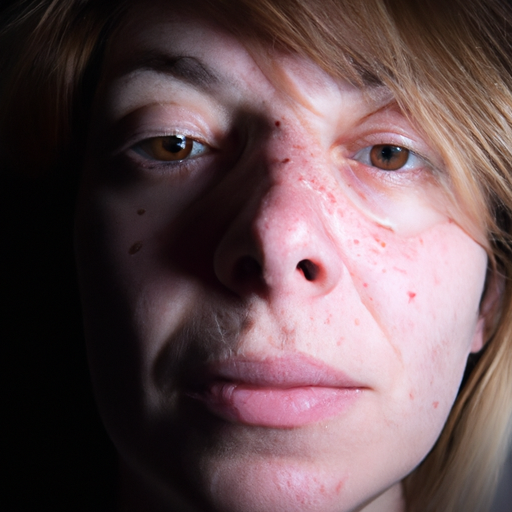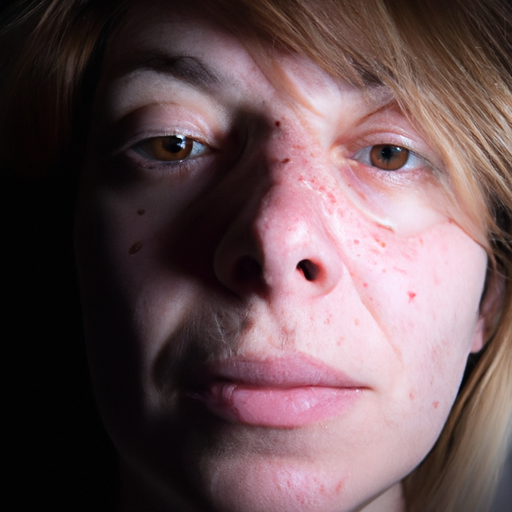As a medical professional, I am often asked about the various methods available for skin revitalization. One of the most effective yet misunderstood treatments is the facial peel. Unmasking the power of facial peels can help individuals understand their benefits and make informed decisions about their skincare.
Facial peels, also known as chemical peels, are treatments that involve the application of a solution to the skin to accelerate its natural exfoliation process. This process results in the removal of dead skin cells from the surface, revealing a new layer of skin that is smoother, healthier, and less wrinkled.
There are three main types of facial peels: superficial, medium, and deep peels. Superficial peels, often referred to as “lunchtime peels,” use mild acids like alpha-hydroxy acid to penetrate only the outermost layer of skin. This type of peel is ideal for minor skin discoloration and rough skin.
Medium peels penetrate the outer and middle layers of skin using glycolic or trichloroacetic acid. They are used to treat wrinkles, skin discoloration, and precancerous skin growths like actinic keratosis. Deep peels penetrate the middle layer of skin using trichloroacetic acid or phenol to remove damaged skin cells. They are used to treat deep wrinkles, scars, or precancerous growths.
The benefits of facial peels are numerous. They can reduce fine lines under the eyes and around the mouth, treat wrinkles caused by sun damage and aging, improve the appearance of mild scars, treat certain types of acne, reduce age spots, freckles, and dark patches due to pregnancy or taking birth control pills (melasma), and improve the overall look and feel of skin.
It’s important to note that while facial peels can yield significant results, they are not a one-size-fits-all solution. The type and depth of peel, as well as the number of treatments needed, will vary based on an individual’s specific skin concerns, skin type, and desired results. Therefore, a consultation with a dermatologist or a certified aesthetician is crucial before undergoing a facial peel.
The process of a facial peel involves cleansing the skin, applying the peel solution, and then neutralizing it. Depending on the type of peel, there may be a mild to moderate burning sensation during the treatment. Post-procedure, the skin will typically be red and may peel or flake for a few days to a week. It is essential to avoid sun exposure and use a broad-spectrum sunscreen during the healing process.
While facial peels can offer remarkable results, they are not without risks. Potential side effects include redness, scarring, infection, change in skin color, heart, kidney, or liver damage (with deep peels), and reactivation of cold sores. However, when performed by a skilled professional, these risks are minimal.
In conclusion, facial peels are a powerful tool in the arsenal of skin revitalization treatments. They offer a range of benefits from improving skin texture and tone to reducing signs of aging and treating certain skin conditions. However, they are not without risks and require careful consideration and consultation with a skincare professional.
Unmasking the power of facial peels allows individuals to make informed decisions about their skincare and take steps towards achieving healthier, more youthful-looking skin. As with any medical procedure, it is essential to seek advice from a qualified professional to ensure the treatment is suitable for your specific needs and circumstances.




